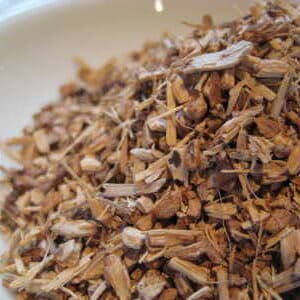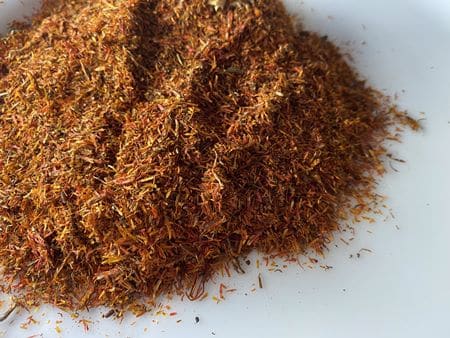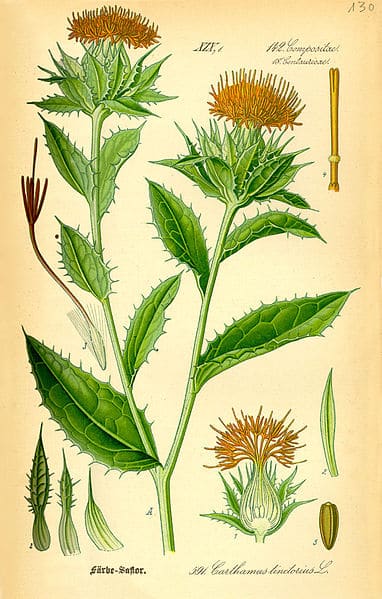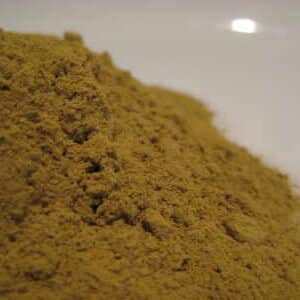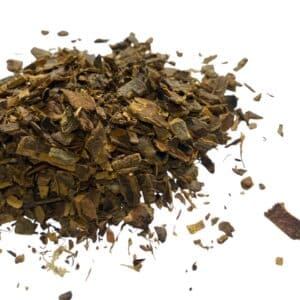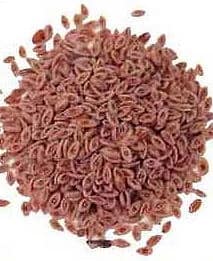False Saffron – Kusum Flower Petals – Indian Safflower – Carmanthus tinctorius
£8.50
False Saffron
Carmanthus tinctorius
Also known as Indian Safflower or Kusum Flower Petals
50 grams
Safflower from which False Saffron is obtained is a fast growing, erect, winter/spring-growing annual herb, that resembles a thistle It is also known as Kusum Flower Petals
Originating from a leaf rosette emerges a branched central stem (also referred to as terminal stem), when day length and temperature increase. The main shoot reaches heights of 30–150 cm
Flowers are commonly yellow, orange and red, but white and cream coloured hybrids exist.
Traditional Uses for False Saffron – Kusum Flower
In Ayurevda, as a tea it is used to treat fever, tumors, coughs, breathing problems, clotting conditions, pain, heart disease, chest pain, and traumatic injuries. Some people use it for inducing sweating; and as a laxative, stimulant, antiperspirant, and expectorant to help loosen phlegm
It has sweet earthy flavour when used in cooking; some saying that it resembles the taste of tobacco with a slight chocolate undertone but it fades in the cooking and the taste is less strong than the smell. It is sometimes passed off by the unscrupulous as real saffron and is indeed used instead of Saffron as a cheaper alternative, however, the result is not at all similar. it makes a lovely tea however. It is well worth the trouble of trying though
It is used as a fabric dye and food colourant
| Batch Code | HV 556987Ba1 |
|---|---|
| Country of Origin | India |
| Harvest | Spring 2021 |
| Best Before | Aug 24 |
